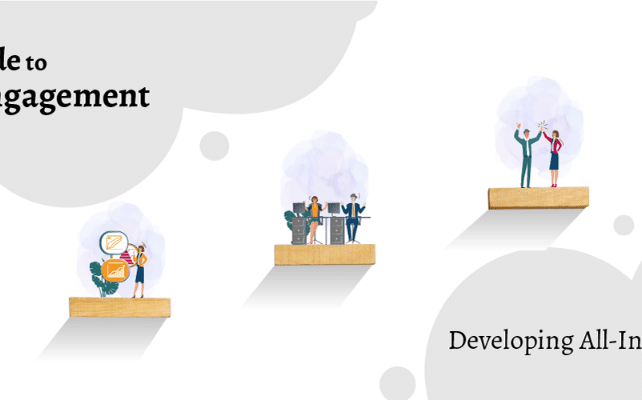Employee Dashboard
Storytelling 101: How Wynn Resorts Used This Tactic to Create a Successful Brand
Employee storytelling has become an effective tactic to increase employee communication and engagement. Collecting these stories can be burdensome and…
Instant Employee Pulse: Get Deep Insights Instantly!
Measuring the overall employee pulse of your organization is critical to business success. There are many strategies to achieve this,…
The CEO’s Guide to Employee Engagement: Developing All-Inclusive Campaigns
Employee engagement is a lot of hard work, but when done right brings about higher satisfaction, retention, productivity, loyalty, and…
Smartwool Launches Industry’s Retail Associate “Insider” App
For Immediate Release Contact: Elizabeth Carey 970-963-4873 ext. 207 elizabeth.carey@backbonemedia.net Smartwool Launches Industry Retail Associate Insider App STEAMBOAT SPRINGS,…
Get Insights
Subscribe to our weekly newsletter to get more tips on effective employee engagement and communications!
Join Our Community
Join Turn On Engagement (TOE) to interact with other employee engagement and people experience professionals. Share and get new ideas!




